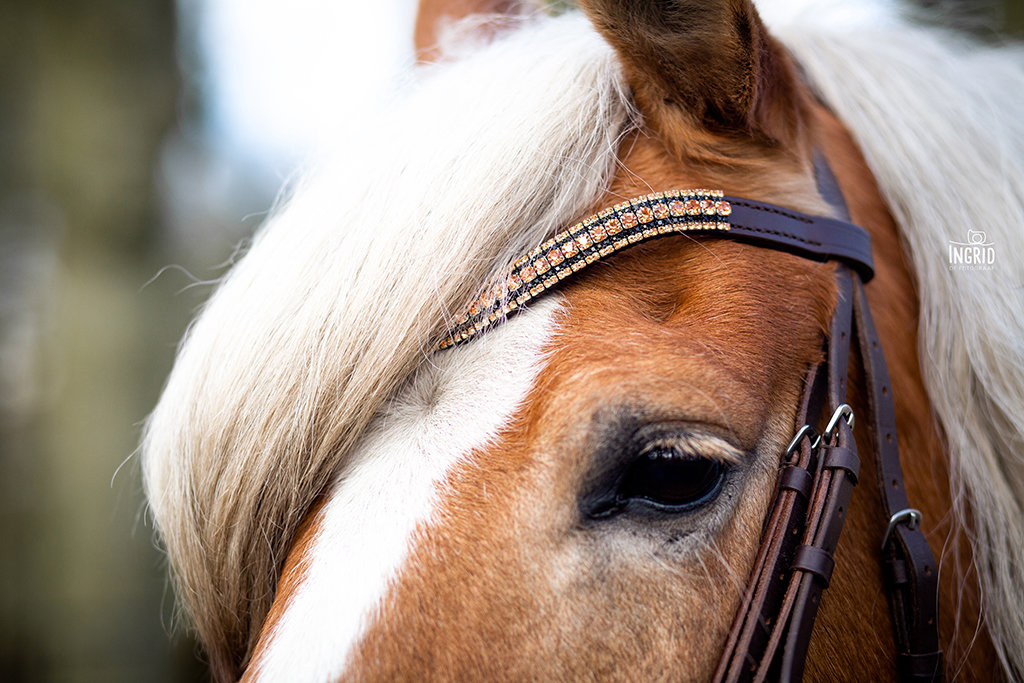Trimming a horse’s hoof is a vital part of ensuring your equine companion’s health and happiness. It might seem daunting, but with the right knowledge and tools, anyone can learn how to trim a horse hoof effectively.

Why is Hoof Trimming Important?
Proper hoof trimming is essential for a horses overall well-being. Neglecting this part of horse care can lead to numerous problems, including uneven weight distribution, lameness, and even infections. Regular trimming helps to maintain the correct hoof shape and encourages healthy hoof growth.

Understanding the Horse Hoof Anatomy
The External Structures
The horse’s hoof is a complex structure made up of various parts, each serving crucial functions. Understanding its anatomy is the first step in learning how to trim a horse hoof:
- Wall: The outermost part, providing the main weight-bearing structure.
- Frog: A V-shaped component that acts as a shock absorber.
- Sole: The bottom part that protects the inner structures.
- Heel: Located at the back, crucial for support and balance.
The Internal Structures
Understanding what lies beneath the outer structures helps to avoid injuries during trimming. Key internal structures include:
- Coffin Bone: Provides the hoofs shape and strength.
- Digital Cushion: Aids in circulation and shock absorption.
- Laminar Layer: Connects the hoof wall to the internal structures.

Essential Tools for Hoof Trimming
Having the right tools makes trimming a horse hoof more efficient and safer:
- Hoof Pick: Used to clean out debris.
- Hoof Knife: For trimming excess hoof material.
- Rasp: To file and smooth out edges.
- Nippers: Cuts the hoof wall.

Pre-Trimming Preparation
Before starting the trim, its crucial to ensure your horse is relaxed and your tools are clean:
- Secure the Horse: Use cross-ties or have someone hold the horse.
- Clean the Hooves: Use a hoof pick to remove any dirt or stones.
Step-by-Step Guide on How to Trim a Horse Hoof
Step 1: Picking Up the Hoof
Start by safely lifting the horse’s hoof:
- Stand beside your horse, facing its rear.
- Run your hand down the horses leg to signal your intent.
- Bend slightly and grasp the hoof.
Step 2: Hoof Examination
Before trimming, inspect the hoof to identify any signs of disease or abnormalities:
- Check for cracks, splits, or unusual growth patterns.
- Look for signs of thrush or other infections.
Step 3: Cleaning the Hoof
Use the hoof pick to clean the hoof thoroughly. This helps in spotting areas that need attention.
Step 4: Trimming the Frog
Carefully trim the frog using the hoof knife:
- Remove only the dead and overgrown parts.
- Ensure the frog retains its natural shape.
Step 5: Trimming the Hoof Wall
This is the main part of the process. Use nippers to trim the hoof wall:
- Start at the heel and work towards the toe.
- Trim in small sections to avoid removing too much at once.
Step 6: Smoothing with a Rasp
Use the rasp to file down any rough or uneven edges. This helps in maintaining a smooth, even surface.
Common Mistakes to Avoid
- Trimming Too Much: Can lead to lameness and discomfort.
- Ignoring the Frog: Neglecting the frog can cause imbalance.
- Using Dull Tools: Always ensure your tools are sharp for an efficient trim.
Aftercare and Maintenance
Trimming doesnt end with the last rasp stroke. Here’s how to ensure the hoof stays healthy:
- Hydration: Keep the hoof well-hydrated to prevent cracks.
- Regular Inspections: Frequently check for signs of infections or abnormalities.
When to Call a Professional
It’s important to recognize when professional help is necessary:
- Severe Cracks: Deep or severe cracks need expert intervention.
- Chronic Lameness: Persistent issues should not be self-treated.
Additional Resources
For those looking to delve deeper into horse care, consider visiting this excellent guide.
Useful Related Guides:
FAQs
Have more questions about horse hoof trimming? Check out our FAQ section!
How often should I trim my horses hooves?
Typically, every 6-8 weeks, but it depends on the horses growth and activity level.
Can I trim my horses hooves myself?
Yes, with proper knowledge and tools, but its advisable to have a professional guide initially.
What signs indicate I should call a professional?
Signs like severe cracks, persistent lameness, or infections should prompt you to seek expert help.
As an Amazon Associate, I earn from qualifying purchases.